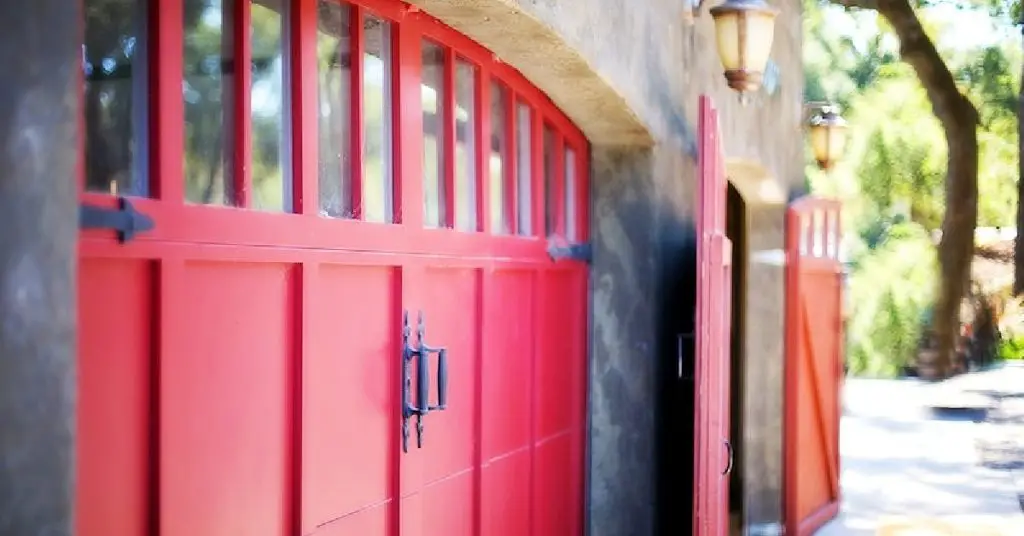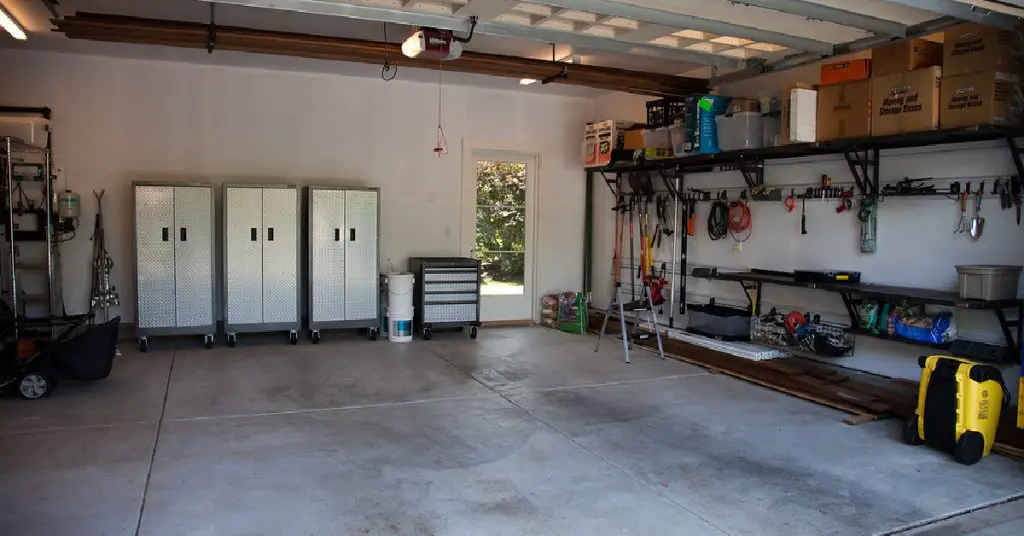Concrete garage floors are susceptible to damage caused by salt, especially during the winter months. The use of salt to melt snow and ice can lead to pitting, flaking, and cracking, which not only affects the appearance of the floor but also compromises its structural integrity. In this comprehensive guide, we will explore 7 easy steps how to repair salt damaged concrete garage floor, ensuring their longevity and durability.
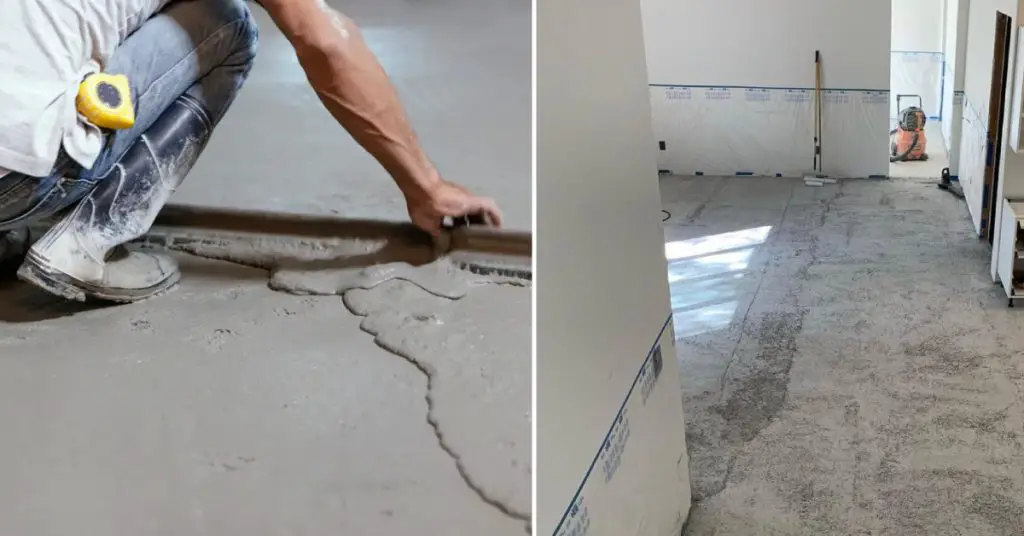
Key Takeaways:
- Salt damages concrete by causing cracks, pitting, and spalling
- Clean, repair, and seal concrete to fix salt damage
- Prevent future damage with proper deicing and maintenance
Understanding Salt Damage on Concrete
Before delving into the repair process, it is essential to understand the causes and effects of salt damage on concrete. When salt is used to melt snow and ice, it creates a chemical reaction that penetrates the concrete, leading to deterioration over time. This process is exacerbated by the acidic pH of salt, which opens the pores of the concrete, allowing water and other chemicals to seep in. The result is cracking, pitting, and spalling, which can significantly impact the structural integrity of the garage floor.
7 Easy Steps for How to Repair Salt Damaged Concrete Garage Floor
Here are 7 easy steps for how to repair salt damaged concrete garage floor:
Step 1: Identifying Salt Damage on Concrete
To effectively repair salt-damaged concrete garage floors, it is crucial to accurately identify the signs of damage. These signs include visible cracks running perpendicular to the direction of salt exposure, as well as pitting and spalling on the surface of the concrete. Cracks may vary in size, and the severity of the damage depends on the extent of salt exposure and the condition of the concrete. By closely examining the floor, homeowners can determine the appropriate repair methods to employ.
Step 2: Cleaning Off Salt Deposits
Before initiating the repair process, it is essential to thoroughly clean the garage floor to remove any salt deposits. A mixture of organic vinegar, dish soap, and warm water can be applied to the affected areas. Allow the solution to sit for a few minutes to penetrate the salt deposits, then scrub the floor with a stiff brush. Rinse the floor with water to remove any residue. This natural cleaning method will help strip away the salt, balance the pH levels of the concrete, and prepare it for the repair process.
Step 3: Repairing Cracks and Pitting
Once the concrete garage floor is clean, it is time to repair the cracks and pitting that have formed due to salt damage. There are several effective methods for repairing these issues. One option is to use a patching compound specifically designed for concrete repairs. This compound can be applied to the cracks and pitting, filling them and creating a smooth surface. Alternatively, a hydraulic cement block can be used to fill in larger areas of damage. It is important to ensure that the repaired areas are flush with the surrounding floor to achieve a seamless finish.
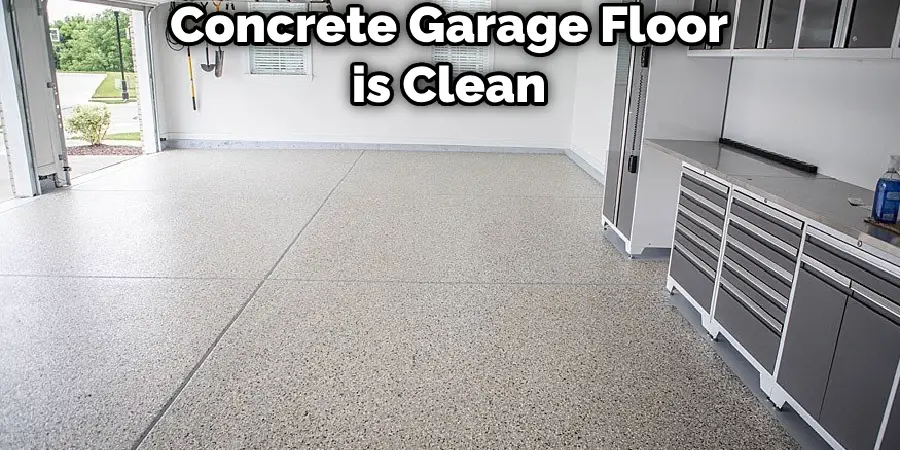
Step 4: Applying a Concrete Sealer
To protect the repaired concrete garage floor from future salt damage, it is crucial to apply a concrete sealer. A concrete sealer acts as a barrier, preventing excessive moisture from penetrating the concrete and widening surface pores. There are various types of concrete sealers available, such as silicone, epoxy, and acrylic-based sealers. These sealers penetrate deep into the concrete, providing long-lasting protection against salt and other damaging elements. It is recommended to apply a concrete sealer every 2 to 5 years to maintain the integrity of the garage floor.
Step 5: Preventing Salt Damage in the Future
Preventing salt damage in the future is key to maintaining the longevity of a concrete garage floor. There are several preventive measures that homeowners can take to minimize salt damage. One effective method is to use deicers that are specifically designed for use on concrete surfaces. These deicers contain active chemicals like potassium chloride or calcium chloride, which work quickly without causing lasting damage to the concrete. Additionally, using snow blowers or plows to remove snow and ice from the garage floor can help prevent the need for excessive salt application. Creating traction with sand or non-salt-based alternatives can also reduce the reliance on salt for melting snow and ice.
Step 6: Considering Resurfacing Options
In cases where the salt damage on the concrete garage floor is extensive, homeowners may consider resurfacing the entire floor. This involves grinding down the surface of the concrete to remove the damaged layer and applying a new layer of concrete. However, resurfacing can be a complex and time-consuming process, requiring specialized equipment and expertise. It is recommended to consult with a professional contractor to determine the feasibility and cost-effectiveness of resurfacing as a repair option.
Step 7: Seeking Professional Assistance
Repairing salt-damaged concrete garage floors can be a challenging task, especially for extensive damage. In such cases, it is advisable to seek professional assistance from experienced contractors or specialists in concrete repair. These professionals have the expertise, tools, and knowledge to effectively assess the extent of the damage and recommend appropriate repair methods. Hiring professionals ensures that the repair process is carried out efficiently and that the garage floor is restored to its optimal condition.
You Can Check It Out to Unclog a Garage Floor Drain.
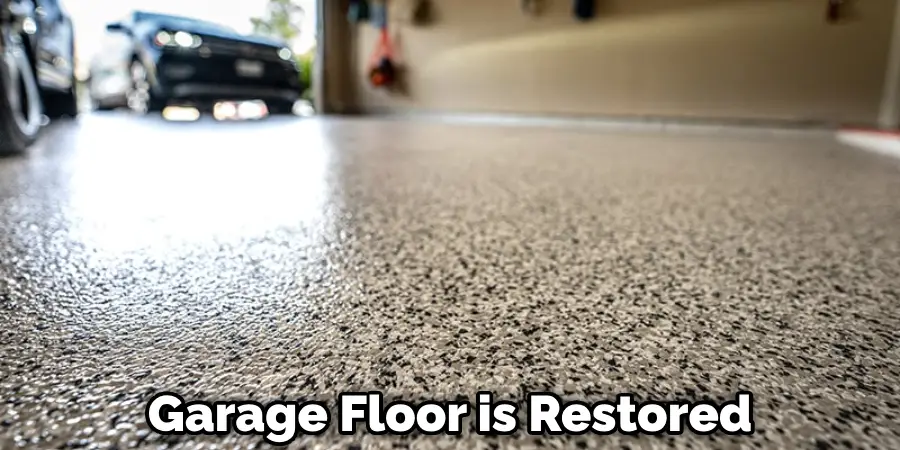
FAQs About How to Repair Salt Damaged Concrete Garage Floor
Can Salt Damage Concrete Be Repaired?
Yes, salt damage in concrete can be repaired. The process involves removing the salt, filling cracks and pitting, and sealing the concrete. Repairing salt-damaged concrete not only improves its appearance but also extends its lifespan. To prevent salt damage, it is recommended to use a concrete sealer, use deicing compounds specifically designed for concrete, and remove snow and ice using a snow blower or plow. Homeowners can also consider covering the damaged surface with fresh concrete, ensuring that the old concrete is solid, and using a bonding agent like Weldcrete from Larsen.
What is the Best Coating for a Salt Garage Floor?
Salt damage in concrete can be repaired by removing the salt, filling cracks and pitting, and sealing the concrete. Using a concrete sealer, deicing compounds designed for concrete, and proper snow and ice removal can prevent salt damage. For a salt-damaged garage floor, a polyaspartic or epoxy floor coating is recommended for strong protection against salt and other corrosive substances, with the polyaspartic coating offering a stronger bond and better durability.
What is the Best Concrete Sealer Against Salt?
The best concrete sealer against salt is Siloxa-Tek 8510. It is a penetrative sealer that provides comprehensive surface protection and repels salt. This sealer is specifically designed to prevent salt damage and is highly effective in protecting the concrete from the corrosive effects of salt. It creates a barrier that prevents salt from penetrating the concrete, reducing the risk of cracks, pitting, and other salt-related damage. Siloxa-Tek 8510 is recommended for use on garage floors and other concrete surfaces that are exposed to salt and other corrosive substances.
Conclusion
Salt damage on concrete garage floors is a common issue that can compromise both the aesthetics and structural integrity of the floor. By understanding the causes and effects of salt damage, homeowners can effectively address the issue and prevent further deterioration. Cleaning off salt deposits, repairing cracks and pitting, applying a concrete sealer, and considering resurfacing options are all viable methods for repairing salt-damaged concrete garage floors.
Additionally, seeking professional assistance can provide expert guidance and ensure the best possible outcome. By taking proactive measures to prevent salt damage and implementing proper maintenance practices, homeowners can extend the lifespan of their concrete garage floors and enjoy their functionality and visual appeal for years to come.

